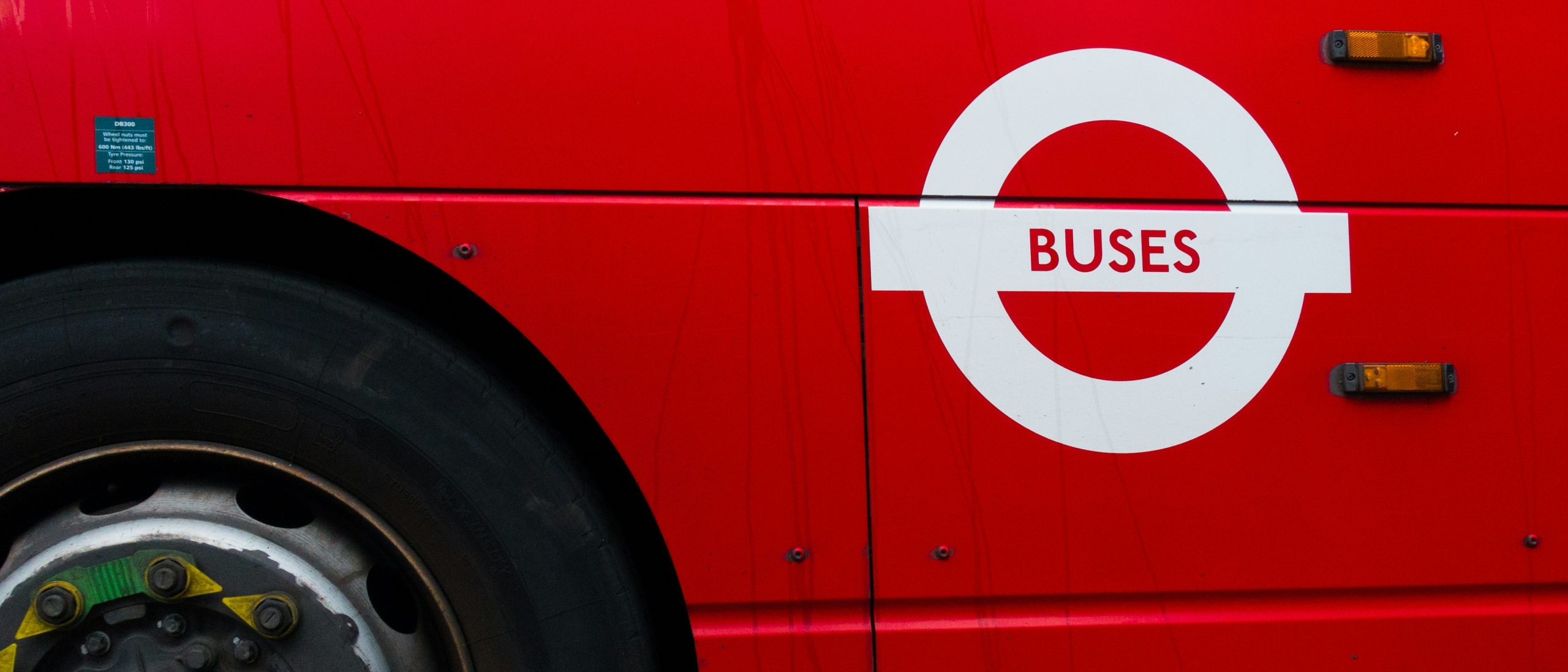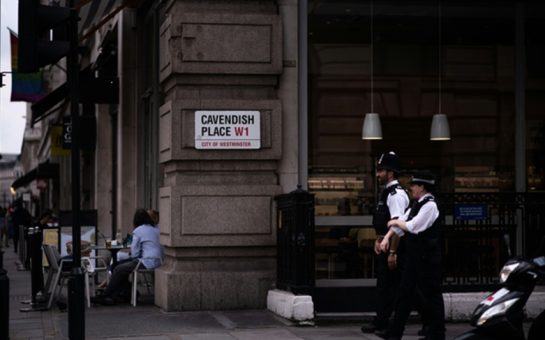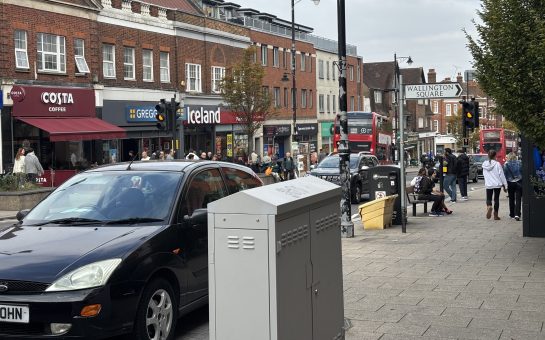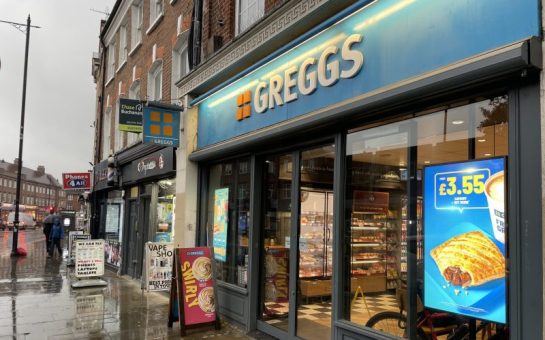As London was hit by a huge wave of the COVID-19 Omicron variant during December, shoppers began to avoid the high street, data has revealed.
Figures from the British Retail Consortium show that footfall across the city plunged to as low as -31.2% compared to 2019 in the weeks leading up to Christmas, despite a lack of formal restrictions.
The shift in consumer behaviour came after a boost to the high street in November, with Black Friday sales and the vaccine rollout helping to increase confidence before the discovery of the Omicron variant.
British Retail Consortium’s Sophie De Salis said: “We’ve seen improvements in footfall over the last couple months, nowhere near 2019 levels, but they have been improving.
“London has seen a big hit.”
Footfall began to decline on 9 December, before dropping significantly from -23.2% to -31.2% over 12 – 13 December, and plateauing at -27.7% in the week before Christmas.
Sales on “Super Saturday”, the last Saturday before Christmas, were 22.4% up on 2020 though this still only constitutes -25.6% on 2019 figures.
De Salis said: “Whilst footfall is down, sales might not be as affected because people can get things online.
“But in terms of stores that are just brick and mortar, footfall being down will have an impact on sales – and for hospitality and entertainment venues that will have a huge impact.”
While the country has inched closer to a recovery over the past year, London has lagged behind, and this gap has widened in the past 2 weeks.
The drop occurred in spite of retailers investing money to make their stores COVID secure, De Salis said, and comes amidst a broader trend of online retail impacting the high street.
“A lot of our retailers are looking at omni-channel retail; how we can bring online behaviours, or the online consumer journey back to store, whether that’s click and collect or browsing online and then going in store,” she said.
“Some are looking at experiential retail, with pop-ups or cafe experiences, to get people back into store; obviously, people still want to go in store, they want to try out perfume or see the furniture or that kind of thing.
“It’s not as black and white as online or offline. You don’t have to choose, the high street just needs to change.”
Visitors to shops on “Super Saturday” fell to -34.7%, -33.29% and -30.57% in Westminster, Kensington & Chelsea, and Lambeth respectively.
Lambeth has since been found to be the borough with the highest number of COVID cases in London in the weeks before Christmas.
As uncertainty surrounding tighter restrictions persists, retailers remain cautious about the prospect of a full recovery at the start of 2022.
KMPG UK Head of Retail, Paul Martin said: “Rising costs continue to bite into margins and supply chain issues have impacted the availability of goods, leaving retailers with very little room for the mega discounting events we have seen in previous January sales.
“Rising inflation which could top 4% + by the end of this year, is likely to prompt an interest rate rise sooner rather than later, which could dent consumer confidence and spending.”
Feature image:
Feature image by James Petts. Licensed with Attribution-ShareAlike 2.0 Generic (CC BY-SA 2.0). Creative Commons.




